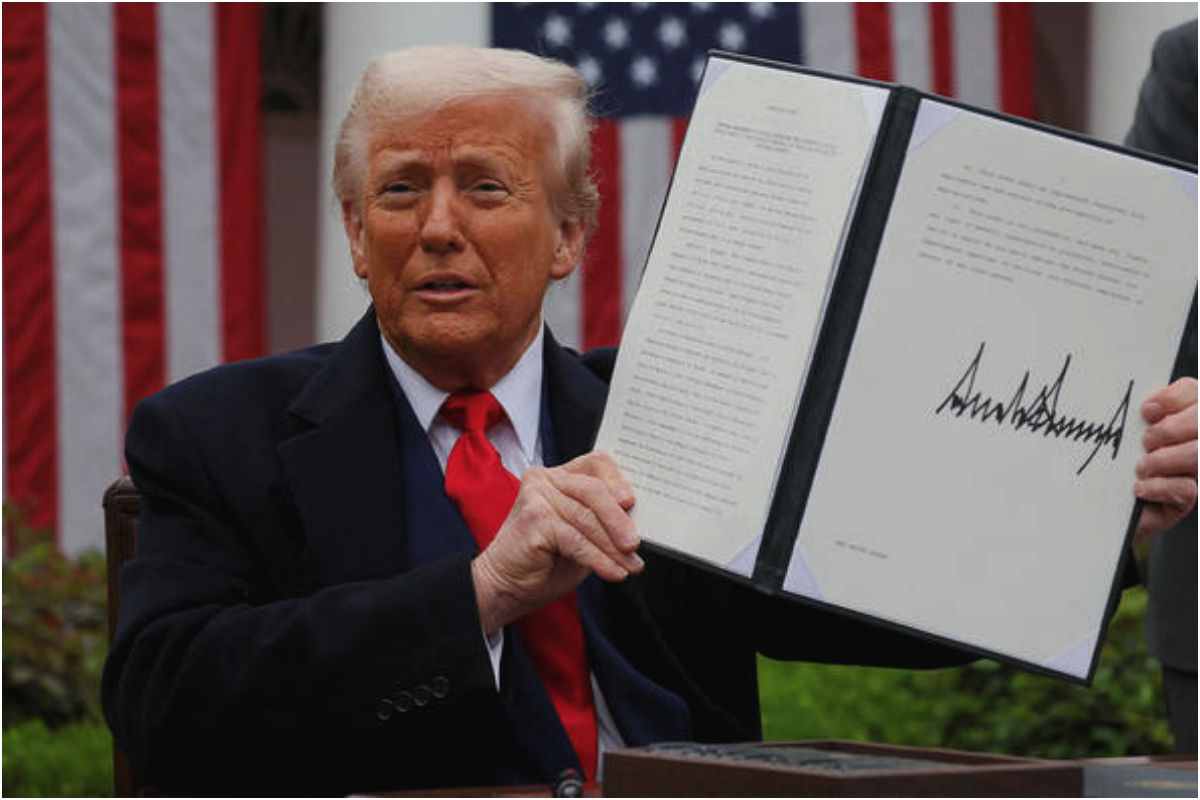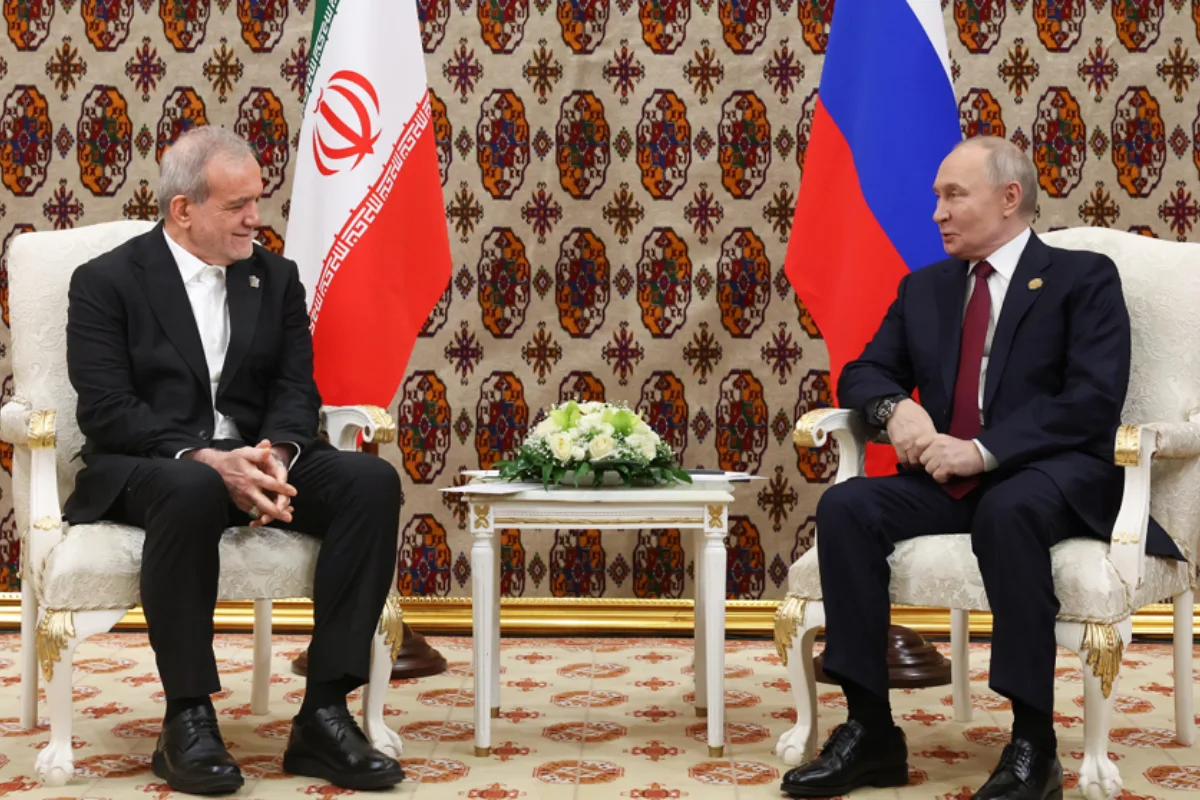US President Donald Trump has intensified the ongoing trade war by announcing a sweeping 10% tariff on all imports, along with higher duties on key trading partners, including a 29% tariff on Pakistan. The move comes as a response to what Trump describes as unfair trade practices, citing Pakistan’s 58% tariff on US goods.
The new tariffs, which include increased duties on multiple countries, are expected to fuel inflation and slow economic growth. Announced from the White House Rose Garden, the decision sent shockwaves across global markets, triggering sharp declines in stock indices. As the news spread, Japan’s Nikkei hit an eight-month low, while US and European stock futures tumbled, continuing a trend that has erased nearly $5 trillion from US stock markets since mid-February.
Global Reactions and Retaliation
China, already facing tariffs of 20%, has been hit with an additional 34% duty. In response, Beijing has urged Washington to withdraw the levies and warned of countermeasures. Meanwhile, US Treasury Secretary Scott Bessent cautioned other nations against retaliating, emphasizing that escalation could lead to higher consumer prices.
Close US allies have not been spared. The European Union is now subject to a 20% tariff, while Japan faces a 24% duty. Japan’s government expressed strong disapproval, stating it would explore all available responses. The new 10% base tariff will take effect on April 5, while the higher reciprocal tariffs will be implemented on April 9.
According to Fitch Ratings, the US import tax rate has surged from 2.5% in 2024 to 22% under Trump’s policies—the highest level since 1910. Economist Olu Sonola described this as a “game-changer” that could push multiple economies into recession.
Justification and Economic Impact
President Trump defended his decision, arguing that US industries have suffered due to unfair trade practices. He insisted the tariffs would revive domestic manufacturing jobs. “For decades, our country has been looted and taken advantage of by both allies and adversaries,” Trump declared.
However, economists warn that the tariffs could significantly increase costs for American consumers, potentially burdening households with thousands of dollars in additional expenses. Even within Trump’s own party, concerns have emerged. Hours after the announcement, the US Senate voted 51-48 to eliminate tariffs on Canadian imports, though the measure is unlikely to pass in the Republican-controlled House of Representatives.
Closing Trade Loopholes
Alongside the tariffs, Trump signed an order targeting a trade loophole that allowed low-value packages (under $800) to enter duty-free from China. This “de minimis” exemption, which takes effect on May 2, has been linked to the flow of fentanyl into the US, according to officials.
The administration is also preparing new tariffs on semiconductors, pharmaceuticals, and other critical goods. Meanwhile, previously announced auto tariffs are set to take effect, adding further pressure on international trade.
Fallout and Future Implications
Businesses and financial markets remain on edge as Trump’s tariff policies disrupt long-standing trade agreements. European leaders have voiced concerns over the growing trade conflict, warning that it could weaken Western economies while benefiting other global powers.
“We will do everything possible to negotiate with the US and avoid a trade war,” Italian Prime Minister Giorgia Meloni stated.
US Representative Gregory Meeks has vowed to introduce legislation aimed at reversing the tariffs, though its success remains doubtful. “Trump just imposed the largest regressive tax in modern history. His reckless policies will harm working families the most,” Meeks warned.
With tensions escalating, the future of global trade remains uncertain, as countries brace for economic disruptions caused by the latest wave of US tariffs.















